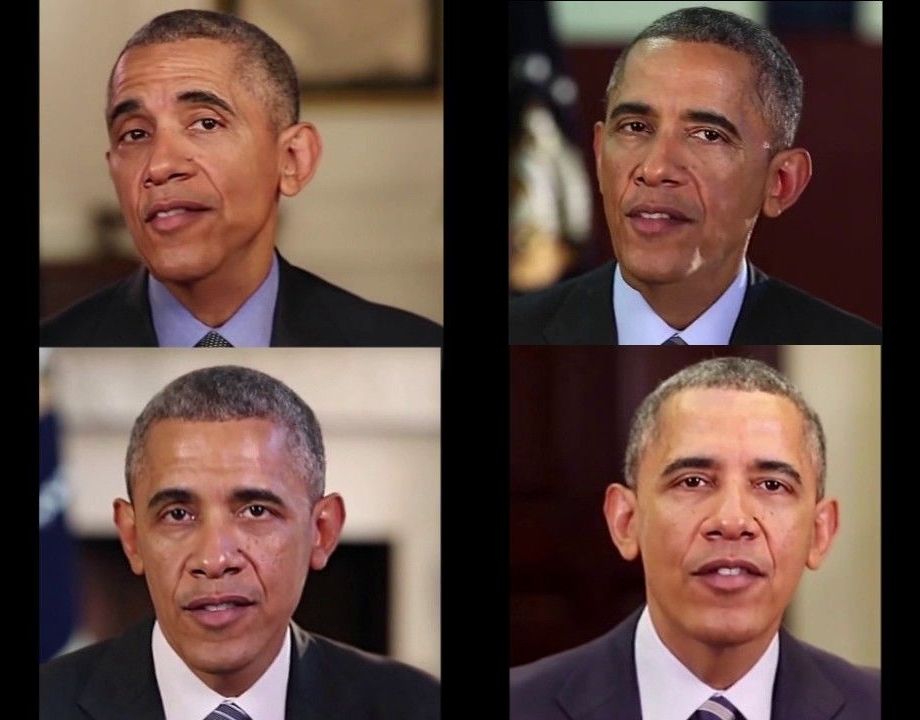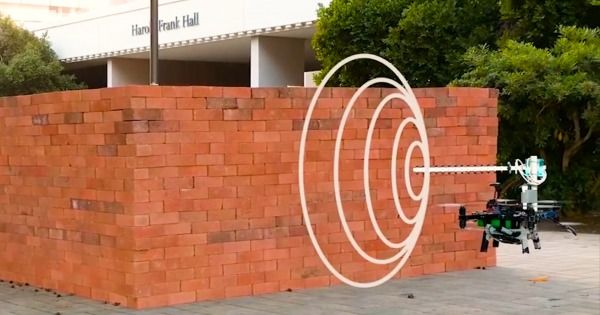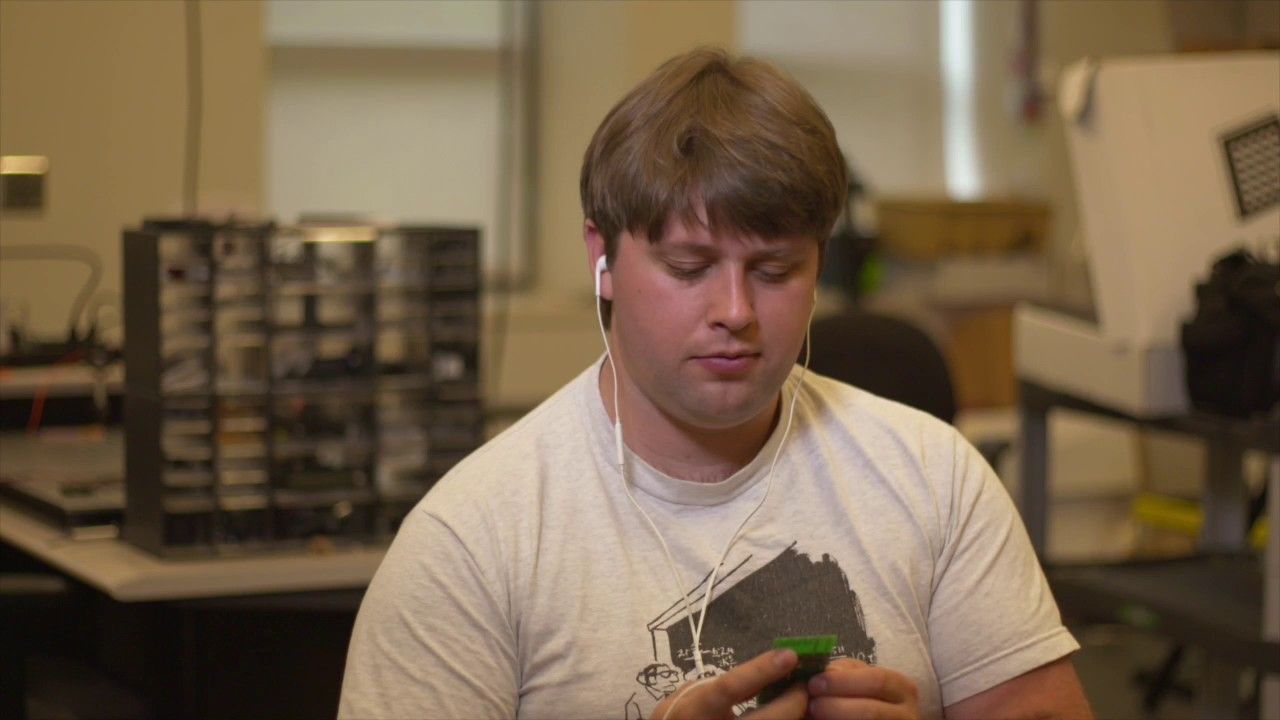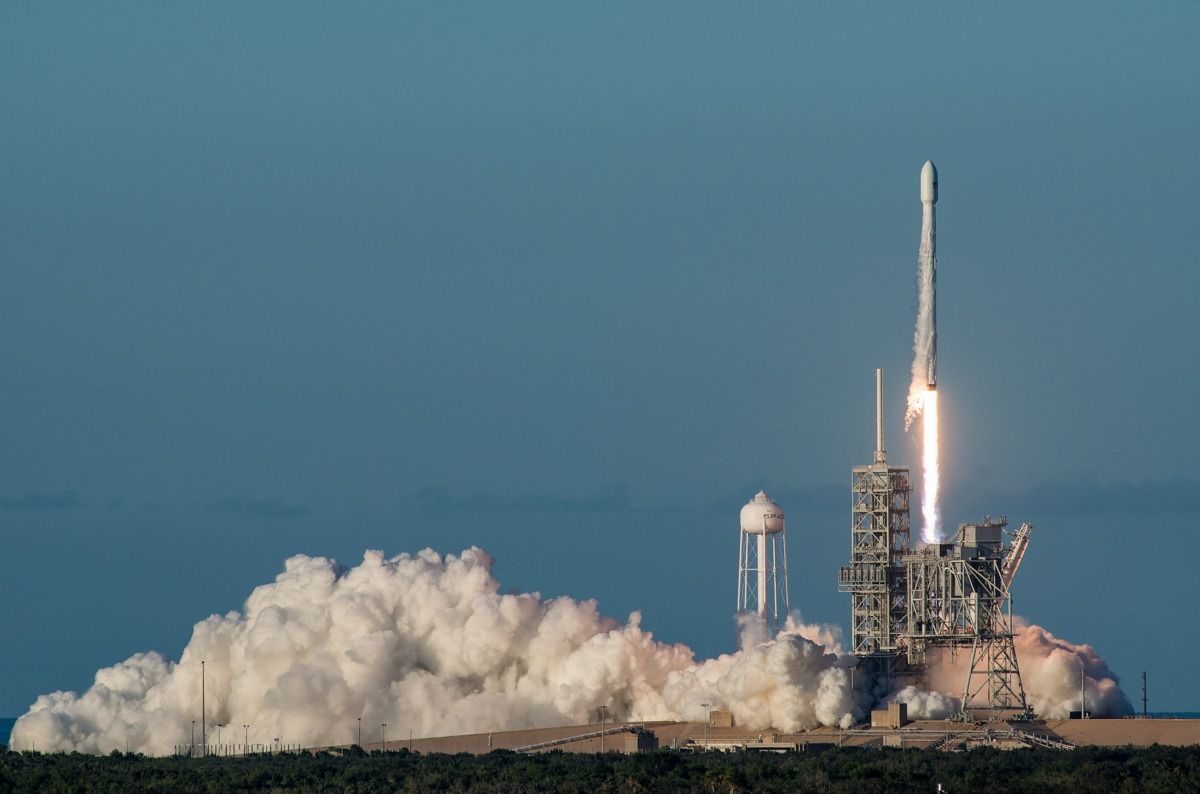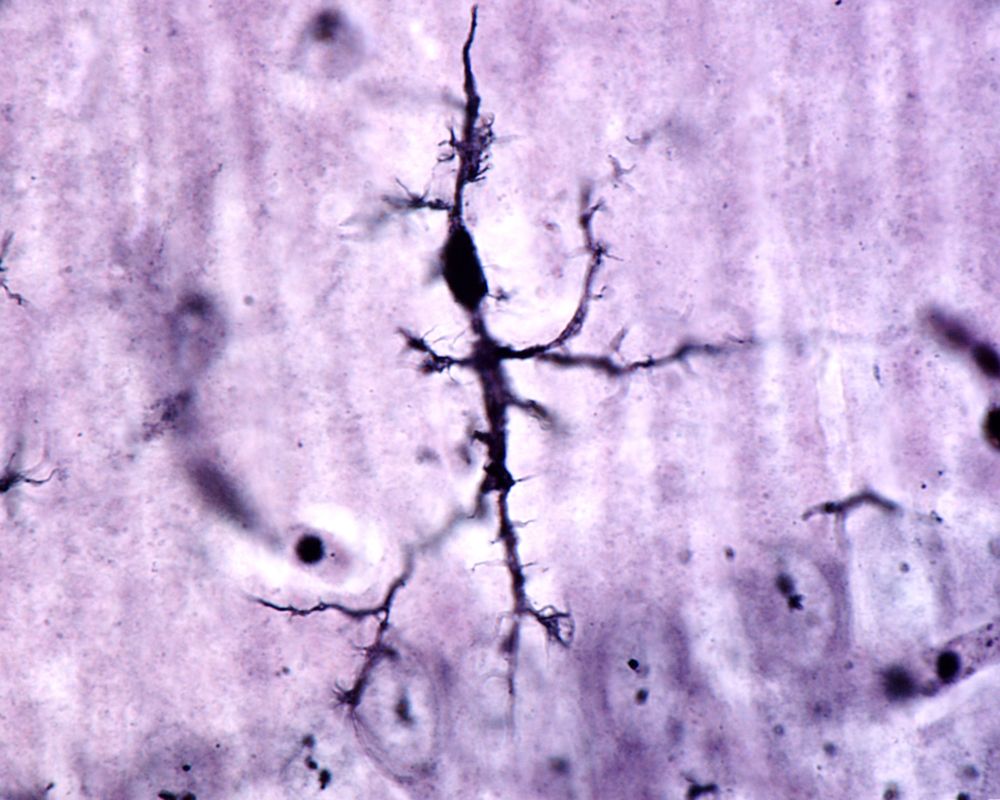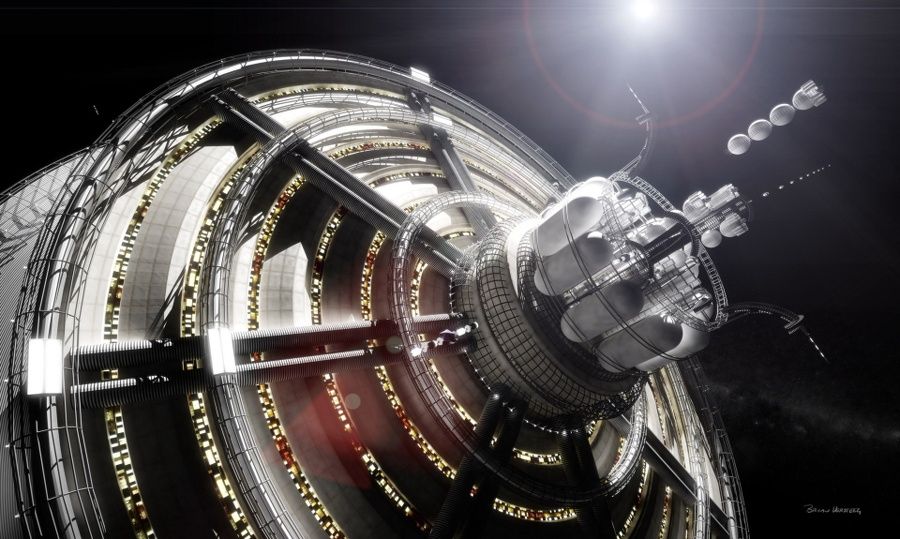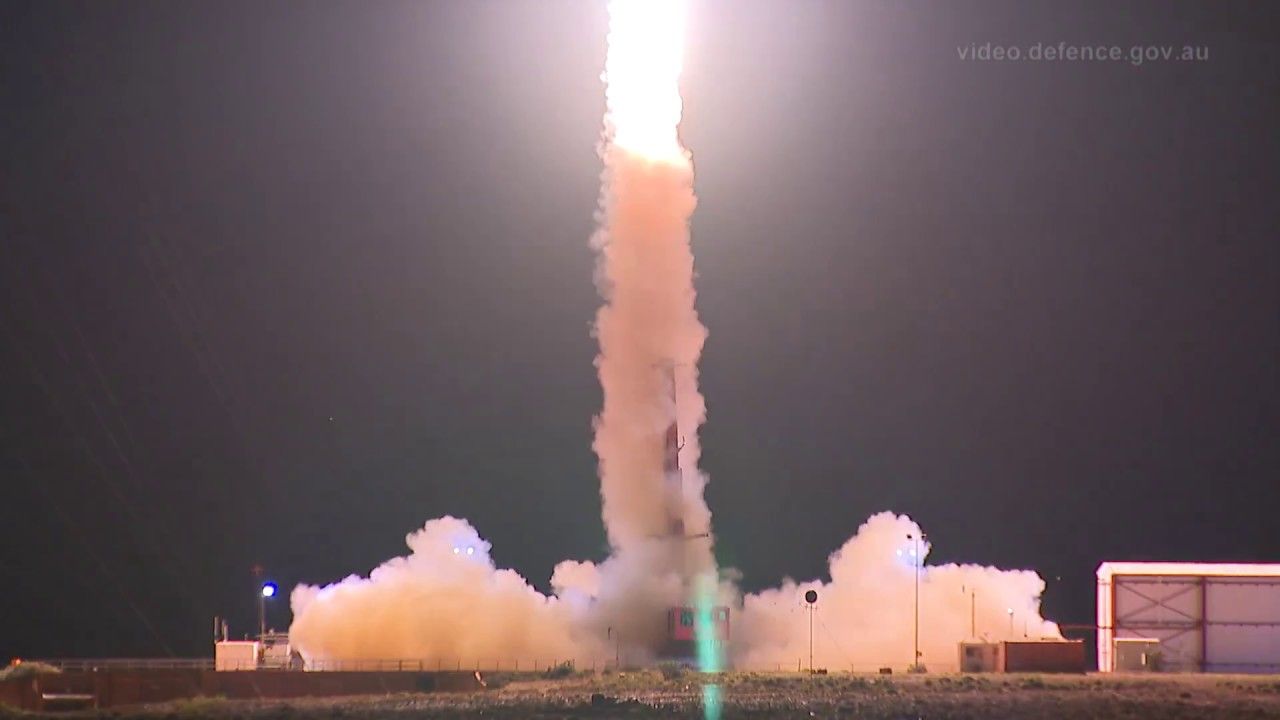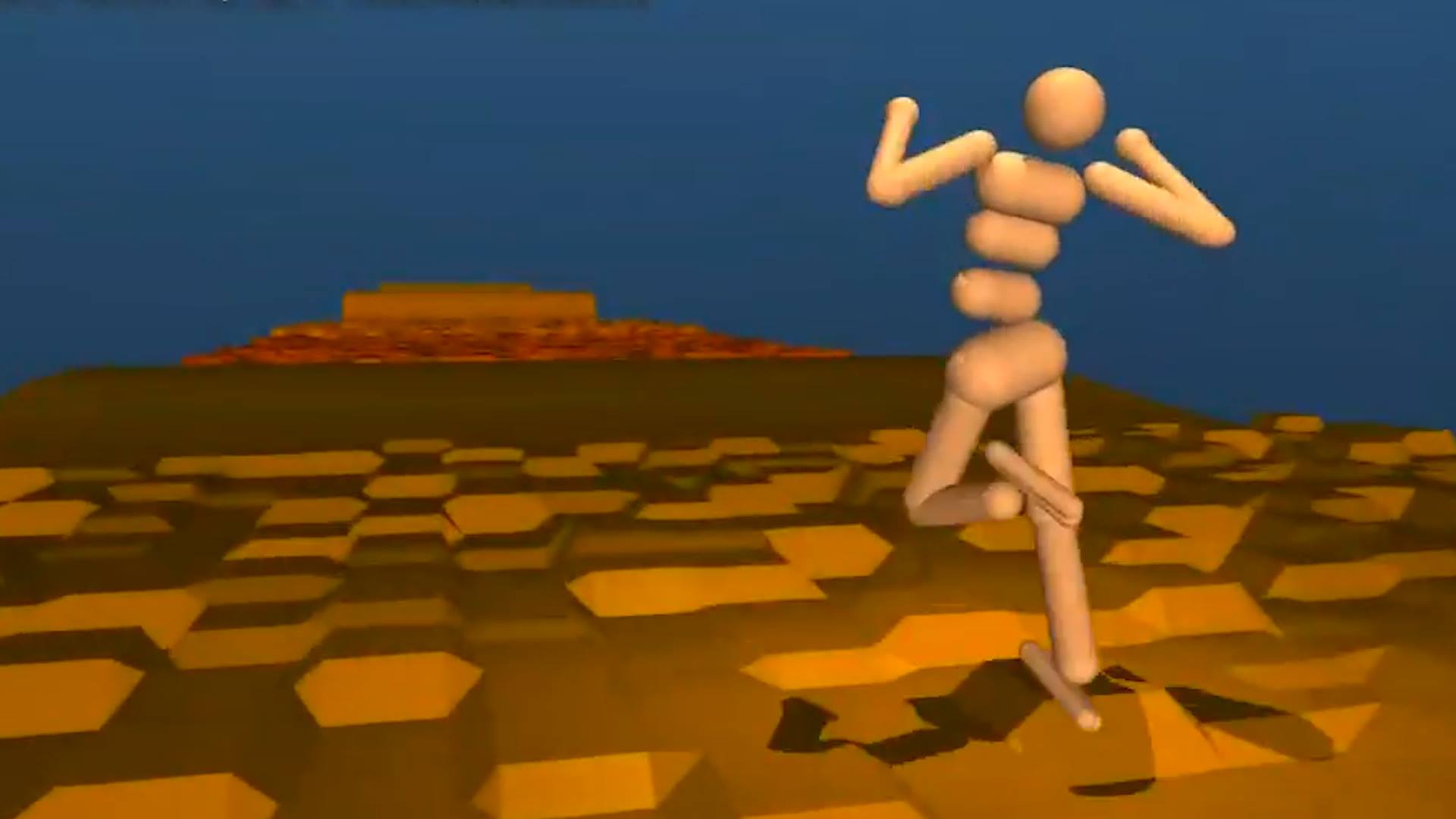Artificial intelligence software could generate highly realistic fake videos of former president Barack Obama using existing audio and video clips of him, a new study [PDF] finds.
Such work could one day help generate digital models of a person for virtual reality or augmented reality applications, researchers say.
Computer scientists at the University of Washington previously revealed they could generate digital doppelgängers of anyone by analyzing images of them collected from the Internet, from celebrities such as Tom Hanks and Arnold Schwarzenegger to public figures such as George W. Bush and Barack Obama. Such work suggested it could one day be relatively easy to create such models of anybody, when there are untold numbers of digital photos of everyone on the Internet.
